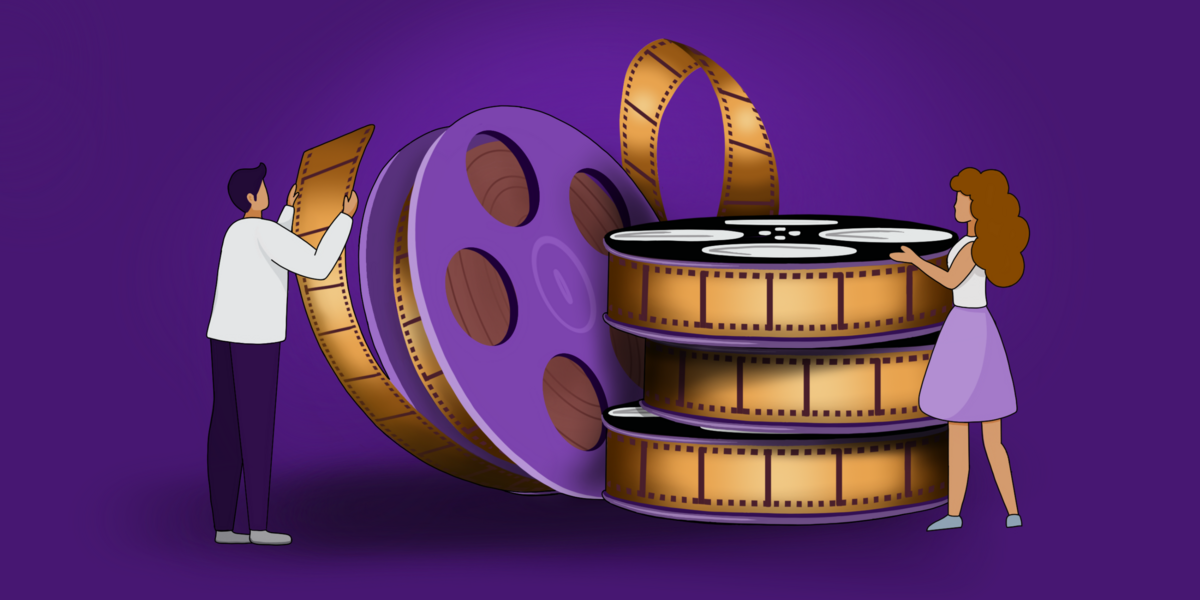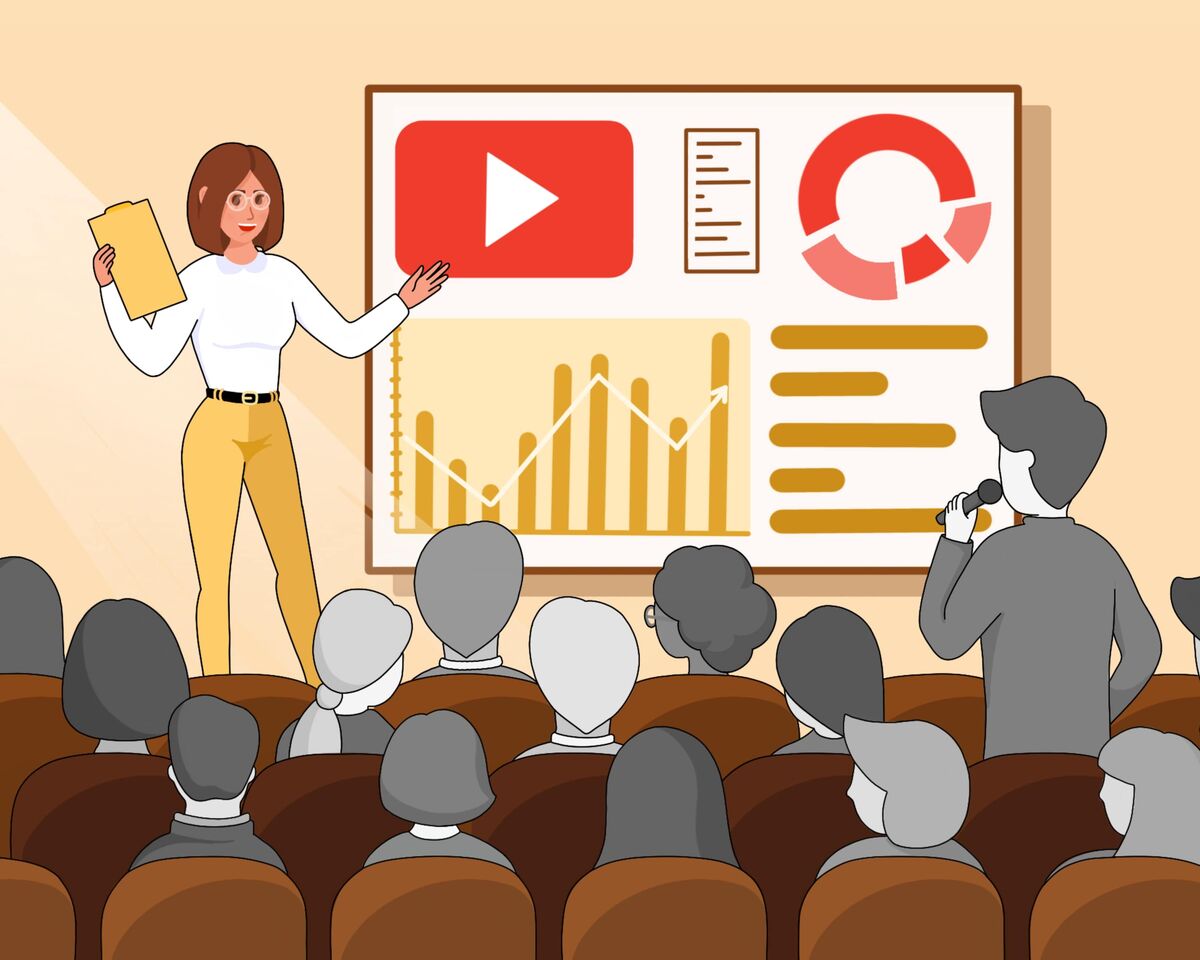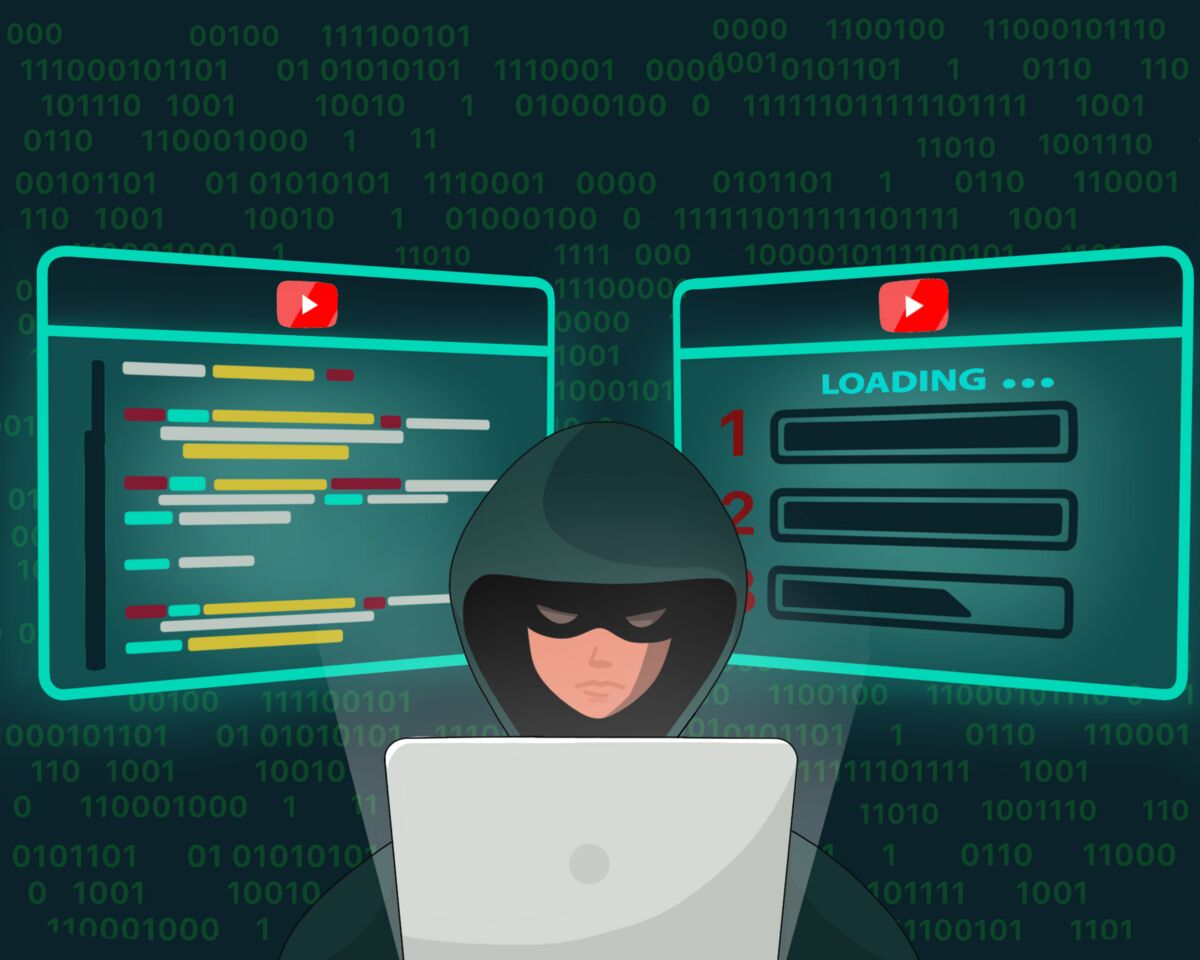3 Rules for Creating YouTube Series
People enjoy watching TV series, following the lives of characters, and empathizing with them through any difficulties. After all, it's all captivating, isn't it? Why not do the same on your YouTube channel?
Creating a series on your channel is the most powerful promotion tool on the platform, available to us all for free. Let's address this situation and understand how a content series works and how to attract viewers to watch videos on the channel.
The sad truth about YouTube series
Magically, series content won't bring you fame and wealth. It's merely a format to attract a larger audience. Your task is to understand that before diving into creating a series, you must already know how to capture and retain the audience's attention in each individual video.
Imagine this scenario: you have a brilliant video that theoretically could garner millions of views, but you didn't put much effort into the thumbnail and title, so people simply do not click on it. YouTube noticed this and stopped promoting it. Why bother when nobody's clicking? In this case, don't expect viewers to be interested in your other videos.
Another scenario: perfect thumbnail and titles—everyone's clicking, views are growing, and then suddenly, YouTube dramatically stops promoting it. What happened? You check Analytics, and there's low video retention, meaning nobody likes your video despite a great thumbnail and title.
YouTube sees this, understands that the audience was misled by flashy packaging, and didn't enjoy the content. There's no point in promoting videos like this again. People, having seen they were deceived, are unlikely to want to watch anything else on your channel. What if they're fed more nonsense?
Certainly, there are situations when someone likes everything except the video's topic. Then they won't watch the recommended video but will seek other interesting topics on your channel. But let's be honest: this happens much less frequently than when people like your video, watch it, and then go watch something else.
So, the main rule to create a good series on YouTube is excellent presentation and captivating videos. Now, let's dive into three rules that make this format work.
Rule 1: Cast bait
The importance of a video thumbnail and title has been emphasized time and again. It's almost become a running joke, but nearly every YouTube content specialist agrees: without an eye-catching thumbnail and a compelling title, your channel won't go far. No matter how much of a masterpiece your video is, people are unlikely to discover it if the thumbnail lacks substance, and the video is titled something generic like "Video Number One."
Classic cover format – the most effective
Certainly, on YouTube, there are no strict standards for how thumbnails and titles should look. While there are general guidelines, the platform is open to creativity. The only limitations you might encounter are the platform's rules. Therefore, start by familiarizing yourself with these rules to understand what you should avoid putting on thumbnails or including in titles.
Despite the absence of specific rules for creating thumbnails and titles, let's highlight a few classic approaches commonly used:
- Triple Power: you incorporate a background on the thumbnail, often serene but emphasizing the video or channel's theme, featuring the creator or main character with an emotion reflecting the video's mood. The text is large, clear, and clickable.
Thumbnails like the above are often found on educational, training and information channels.
- Talking Picture: showcase a clear image of the process or result you'll get after watching with some bold text and an image, or simply a comparison within the frame.
What to consider in a video title
Much like thumbnails, there are several elements that influence the attractiveness of your title:
- Optimization: since YouTube relies on metadata for content promotion, consider incorporating keywords and search queries related to the video's topic when composing its title.
- Emotional part: In addition to providing information for YouTube, it's essential to remember that people read your titles, and they also make decisions about watching your video. Therefore, the title should be clear, reflect the video's topic, and evoke curiosity or emotions in people.
If your title doesn't resonate with viewers, they are not interested, don't feel a connection to the video's topic, or don't understand how it can help them address a pressing question, it means the title lacked either optimization or emotions.
The plot of the video starts with the thumbnail and title.
Thumbnail, title, and video introduction form a triple impact on capturing your audience's attention. When creating a thumbnail, understand its role: to catch the viewer's gaze and stand out among other thumbnails. The title continues the theme introduced in the thumbnail, delving into more detail to intrigue the viewer. The video introduction serves as the starting point for the topic, connecting not only with the video itself but also with what you presented in your thumbnail and title.
Strive to align your thumbnail, titles, and introductions to tell a cohesive story for your audience.
The overall design style is motivating
It often happens that a viewer enjoys a video but hesitates to subscribe, as if testing your trustworthiness. They may explore more content on your channel or simply leave it to view another creator.
In YouTube recommendations, it's recorded that a video from your channel has been watched, and sooner or later, it will appear on the viewer's homepage or in recommendations.
This is where your brand style can play a role. If a viewer has once enjoyed content from a creator with distinctive and memorable thumbnails, another video with a similar style appears in their recommendations, a trigger fires in their mind: they liked these videos before. This increases the likelihood of them choosing your video over a competitor's.
Deception destroys trust.
Viewer trust is everything we have. Betray it once, and one can no longer count on loyalty. If a viewer comes across your video, watches it, and finds something entirely different from what was promised in the thumbnail, they are unlikely to fall for that trick a second time. In this case, the idea of watching your series will be ruled out forever.
Rule 2: Hook
When creating a video, think about engaging the viewer not only on the topic of that specific video but also in all others on your channel. Every effort you put into your content is an investment in future views.
If one video lacks structure or has a poor topic, a viewer starting to explore your content quickly concludes that all others might be of low quality. Hence, there's no motivation to watch more videos.
That's why it's crucial to strive for quality in every video rather than releasing something just to maintain frequency. Repeat to yourself like a mantra: quality is more important than quantity.
The longer people watch your video, the more likely they are to continue watching. The more people finish watching a video, the more likely they are to go watch other videos. It's crucial not to disappoint their expectations, as trust is a very fragile thing.
In every video, the following components are important:
- The intro is the most important part of the video.
Since the introduction is part of the video's presentation, aligning with thumbnails and titles, it's in these initial seconds that the viewer decides whether to continue watching.
Don't waste precious seconds on unnecessary greetings, intros, or stories about yourself and the channel—get straight to the point.
- The video must answer the question asked.
Not literally answering a question, although that's important too if your video addresses a question. If the video's goal is to make the viewer laugh, then it should be funny.
If you promise the viewer in the thumbnail and title that this video is a collection of the funniest jokes, they should indeed be funny. If you say the video will help them build a house, then it should provide that assistance. Get it?
- If your content is boring - your channel will die
If your video is boring, no calls to subscribe or watch other videos will work.
How to understand if a video is boring? The first warning sign is if you don't want to rewatch your own videos. If you're not interested, why would your viewers be?
Working on storytelling, visuals, editing, effects and titles, music, and sounds—all these are tools to combat boredom. If you want your videos to be interesting, you'll have to learn some of these techniques.
The less viewers watch your other videos after the main one, the less the platform will recommend you.
And recommendations are the essence of YouTube algorithms.
Rule 3: Catch
The main argument for creating a content series is that the platform's recommendation system is built to suggest similar videos to viewers. By producing related videos, you support the algorithms, and if you support the algorithms, YouTube loves you. It's that simple!
Moreover, by creating a content series —videos that are interconnected—you deprive competitors of the chance to break into your recommendations because you occupy all the leading positions there yourself.
Finally, we've reached the last point: how to motivate viewers to watch your other videos? Often, making a good video is not enough; you need something more.
Ending is the main tool of your content series
One of the most effective ways to promote your content is through proper engagement at the end of your video.
There are various ways to interact with your audience here:
- reject trivia: Everyone is already tired of these template endings that are bought for free, where some lively music plays for 20 seconds, and your videos dance in animated frames.
- verbal interaction: It's a format of ending where you verbally suggest what else can be watched on your channel and why. The key here is to try to connect the theme of the current video with the one you want to recommend, so that the logic settles in the minds of your audience.
- talk about value: If you recommend watching the next video, do it by emphasizing its value. For example, "the next video will help you better understand the topic I didn't fully cover in this one" or "it will address the questions that surely remained after watching this video.”
- creative endings:Here, your imagination is the limit. Some simply cut off at a suspenseful moment, preventing viewers from leaving and boosting video retention. Others insert amusing endings, like bloopers or failed attempts.
If you want to see how effective your endings are, check in the Analytics section of the Creator Studio, specifically under "Traffic Sources." Open the advanced analytics to see how many viewers your end screens are driving to your other videos.
Links to similar videos and tips
And here it is important to understand that if you use this method of traffic transfer, it is necessary to skillfully work with the plot. Otherwise, all your recommendations will look unnatural or divert your traffic from watching a specific video.
Also, besides the plot, links become part of the video description, and this already smells like working with optimization and structuring the description. Of course, if you decided to insert a link to a video somewhere in the chaos of letters, don't expect it to work in that form.
Emotions guide your audience's actions
This point is universal because it applies not only to your series but to all content in general. Why do people watch our videos? Because they can feed their emotional needs.
Even if you think that educational content is not capable of this, just think about the following: when a person learns the answer to a pressing question, they experience relief.
Emotions are a crucial component for decision-making, including watching videos. Emotions push viewers to click on a video, lead them throughout the viewing process, motivate people to leave reactions under the video, and, of course, emotions drive viewers to watch more videos.
The simplest thing you can do to retain viewers' attention is to create a sense that if they stop watching you, they will miss something very important.
A straightforward example: in a video, you tell the audience how to make a stool. But the viewer doesn't yet know that the stool needs to be properly treated, or termites will eat it. The substances needed for this can be good or bad, and only you know how to distinguish them. Moreover, you recently tamed termites, and now you are best friends. But how is this possible?
In this absurd story, there is a connection with you as a personality, the benefit you provide in the videos, and the incredible story that evokes emotions. It seems like the viewer came for a stool, then realized that they need to learn about the substances, and now they want to understand who this person is who tamed termites.
You want to motivate people to click on the video and make them follow you.
Emotional connection with your audience is always the most reliable, but at the same time, the most challenging to achieve. So, if these chains are not yet forming for you, it's not a reason to be sad. Sooner or later, you will connect the dots.
So, it can be confidently said that the main link in your content is you. Your uniqueness and positioning become the most powerful tool for retaining the audience not only in one video but in all others. You become not just the owner of a certain number of subscribers; you become a friend, supporter, and leader for a specific group of people.
Keep creating!





